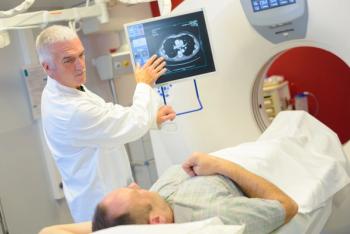
OcuSciences gains EU CE Clearance for OcuMet Beacon diagnostic device
Key Takeaways
- OcuSciences' OcuMet Beacon receives EU CE clearance, allowing commercialization across the European Economic Area and deployment in leading medical centers.
- The OcuMet Beacon's approval aligns with advancements in retinal imaging, including hyperspectral imaging and AI, enhancing early disease detection.
OcuMet Beacon enhances early detection and management of retinal diseases
OcuSciences has received European Union CE clearance for its OcuMet Beacon, a next-generation diagnostic instrument that aims to advance the assessment of retinal dystrophies and other leading causes of blindness, the company announced.
The CE mark confirms that the device meets the EU’s strict health, safety, and environmental standards, allowing OcuSciences to commercialize the OcuMet Beacon across the European Economic Area. The company has already begun deploying the instrument in leading medical centers across Europe and the United Kingdom.
“Securing CE clearance is a major milestone for OcuSciences and reflects our dedication to advancing the standard of care in ophthalmology,” said Kurt Riegger, CEO of OcuSciences. “The growing adoption of our technology by leading ophthalmic clinical centers across Europe highlights its unique value and diagnostic potential to improve disease detection and management and particularly helpful in monitoring treatment.”
Initial installations are underway at research institutions, hospitals, and ophthalmic centers in Germany, England, and Wales. These early adopters will integrate the OcuMet Beacon into both clinical practice and research programs, helping to validate the technology’s real-world performance.
With more than 2.2 billion people worldwide experiencing vision impairment, according to the World Health Organization, OcuSciences said its goal is to provide clinicians with better tools for early disease detection and improved patient outcomes.
Advances in retinal imaging technology
The approval of the OcuMet Beacon comes as ophthalmic imaging technologies continue to evolve rapidly, enabling clinicians to detect eye disease earlier and with greater precision than ever before.
Recent
Meanwhile, new portable and noninvasive imaging platforms are making it easier for clinicians to assess retinal health in primary care settings or in patients unable to travel to specialty centers. These innovations are expected to complement hospital-based systems like the OcuMet Beacon, contributing to earlier intervention and more personalized treatment strategies.
As technology continues to advance, experts say the integration of metabolic imaging, AI, and real-world data could redefine how ophthalmologists detect and manage blinding diseases—potentially preserving vision for millions worldwide.
Newsletter
Stay informed and empowered with Medical Economics enewsletter, delivering expert insights, financial strategies, practice management tips and technology trends — tailored for today’s physicians.















